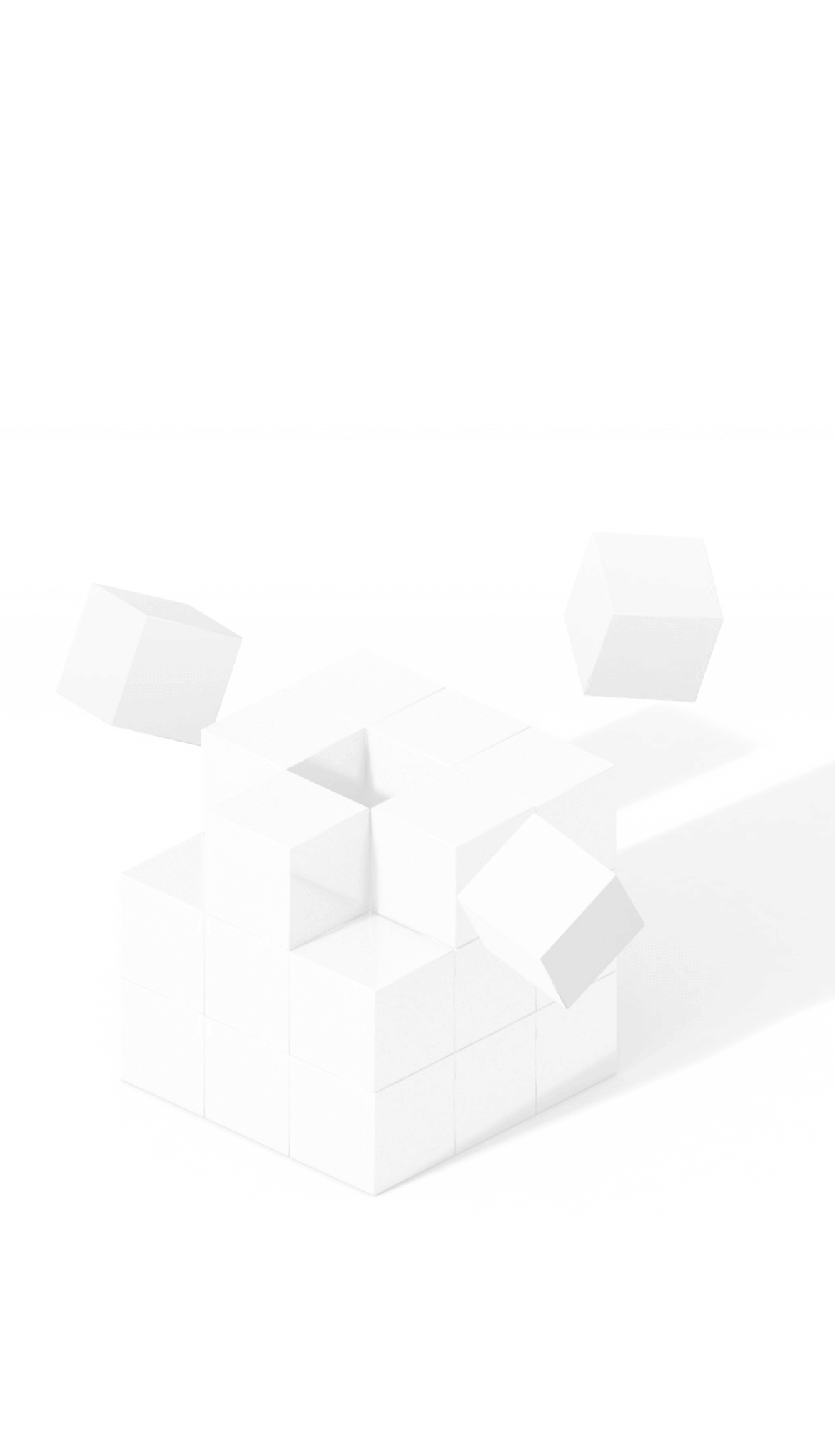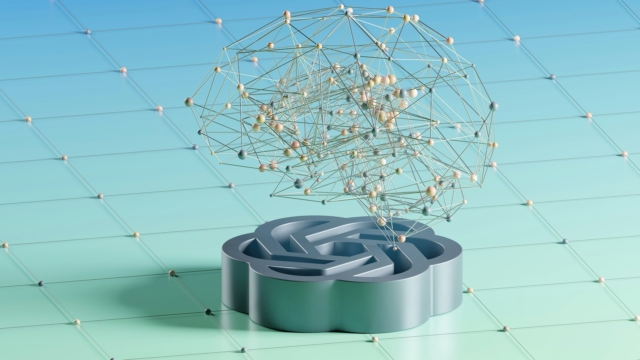What is the Workforce AI Mindset and Why Does it Matter?
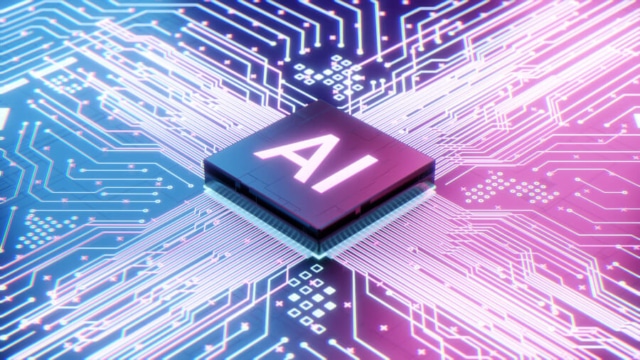
May 23, 2025
Last updated on Oct 10, 2025
Most companies treat AI workforce development like any other software rollout, focusing on technical setup while missing what really matters. They install the technology, run basic training sessions, and expect transformation to follow automatically. But leading organizations are discovering something different: successful AI adoption depends less on sophisticated algorithms and more on something much more fundamental—developing a new "workforce AI mindset." This shift in how people think about and work with AI makes the difference between expensive technology experiments and real business transformation.

Key takeaways
- Most companies adopt AI technology while only 14% of frontline workers receive proper AI workforce development, creating a massive gap that limits business results.
- Companies that focus on building the right AI mindset see twice the performance gains compared to those that only focus on technical skills.
- The biggest challenges with AI at work aren’t technical problems—they’re about changing how people think and work with these new tools.
- Success comes when employees learn to use AI as a thinking partner while keeping their human judgment as the final decision maker.
Building a workforce AI mindset through strategic AI workforce development is now essential for leaders who want AI to actually work in their organizations. This goes far beyond teaching people to use new tools—it means changing how your entire company thinks about AI’s role in getting work done and driving competitive advantage.
What is a workforce AI mindset?
A workforce AI mindset means your employees see AI as a work partner, not a threat to their jobs. AI’s role is to help humans, not replace them. This perspective changes everything about how people approach new technology in the workplace.
When your workforce has this mindset, they understand that AI at work makes their expertise stronger rather than less valuable. The technology handles routine tasks so people can focus on work that requires human thinking, creativity, and judgment. Employees start using AI to solve problems more effectively while keeping their unique human skills at the center of important decisions.
This approach turns AI into a thinking partner that helps people work smarter and faster. As Matthew Daniel from Guild Education explains, “Organizations should proactively create avenues for employees to upskill with AI and reframe the narrative to not fear AI and the unknown but to showcase what’s possible—with their workforce leading, adapting, and adding unprecedented value.”
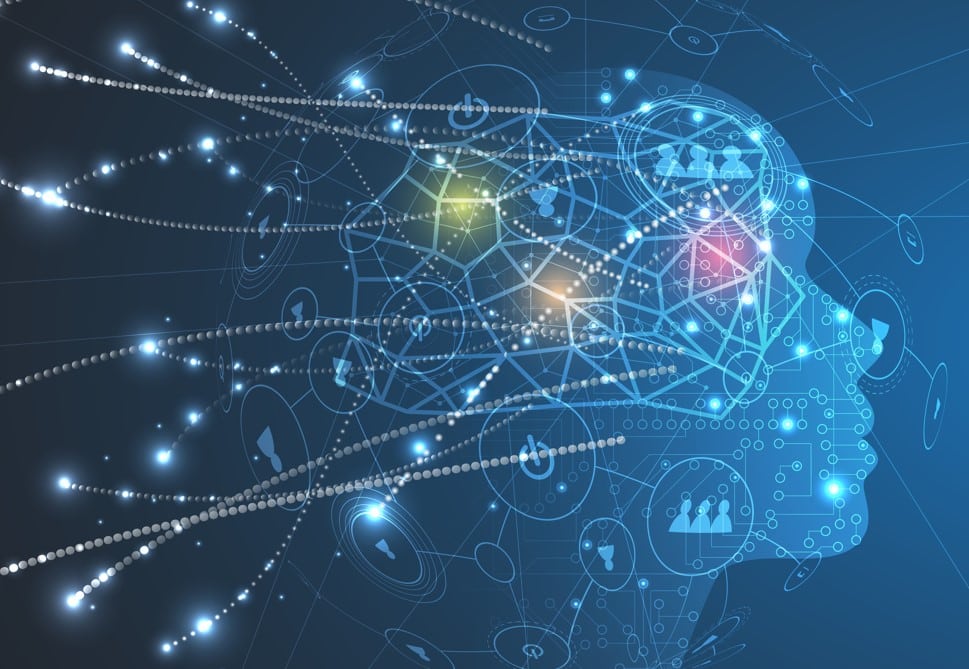
Why AI adoption isn’t just technical—it’s a mindset shift
Most business leaders approach AI workforce management like previous technology rollouts, but research consistently shows this strategy fails. The companies seeing real returns understand that AI transformation is fundamentally about people, not just processing power.
Traditional tech training models are insufficient for AI
AI for future workforce development works differently than other business software, which means the old training playbook doesn’t work anymore. Unlike static programs that work the same way every time, AI systems learn and change based on how people use them. According to the World Economic Forum’s Future of Jobs Report 2025, nearly 40% of core job skills will change by 2030, with 59% of workers needing new training to stay relevant.
Traditional training focuses on features and functions—click here, select this option, follow these steps. But effective strategic workforce planning for AI requires people to think differently about problems and solutions. Users need to learn how to:
- Ask better questions that get useful AI responses
- Interpret results within their business context
- Combine AI insights with their professional expertise
- Recognize when AI outputs need human verification
This demands a new approach to learning that goes beyond simple tool training and develops critical thinking skills for an AI-enhanced workplace. Organizations must focus on developing the most in-demand skills in manufacturing workers to ensure their workforce remains competitive in an AI-driven environment.
Mindset drives scalable benefits and future readiness
Technical AI skills help individual productivity, but the right organizational AI mindset creates company-wide transformation. Research reveals that workforce adaptability—how well people adjust to change—has twice the impact on business performance compared to specific AI technical skills.
This adaptability advantage extends beyond current AI tools to any future technology changes. Companies that develop an AI mindset create employees who stay flexible and ready for whatever comes next. Managing workforce ecosystems becomes crucial as organizations adapt to rapid technological change. According to PwC’s 2024 Global CEO Survey, 69% of CEOs expect generative AI will require most workers to develop new skills, with this number rising to 87% among CEOs already using AI.
The right mindset prevents costly AI misapplication
Without proper AI workforce development, employees make expensive mistakes with AI tools. Some people become too dependent on AI and stop thinking critically about results. Others treat advanced AI like a simple search engine, missing most of its capabilities and strategic value.
These problems stem from how people think about AI, not technical deficiencies. For example, Siemens Digital Industries Software found that 70% of factory issues weren’t being recorded by workers due to time constraints. Their AI solution could catch these problems, but only when workers understood how to use AI insights to improve their decision-making rather than just accepting AI outputs without question.
Manufacturing companies face particularly complex challenges when implementing AI solutions. With manufacturing workforce challenges, skills gaps and talent retention issues make AI workforce management even more critical for operational success.
AI challenges are fundamentally behavioral, not just technical
Industry experts consistently point out that AI adoption problems are usually about human behavior, not technology limits. Success requires people to change how they approach work, solve problems, and think about their professional roles.
This behavioral shift means learning to see AI at work as a problem-solving partner for specific workplace challenges. The partnership between HPE and Aleph Alpha shows this in action—their AI assistant guides factory workers through complex equipment repairs using tablet interfaces. Instead of waiting for specialists, frontline workers can fix problems themselves with step-by-step AI guidance.
Organizations managing multigenerational workforce challenges find that different age groups adapt to AI tools at varying speeds, requiring tailored approaches to mindset development.
Without this fundamental change in thinking, even the most powerful AI tools deliver disappointing results. Organizations must help employees understand not just how to use AI, but how to think differently about their work when AI is involved.
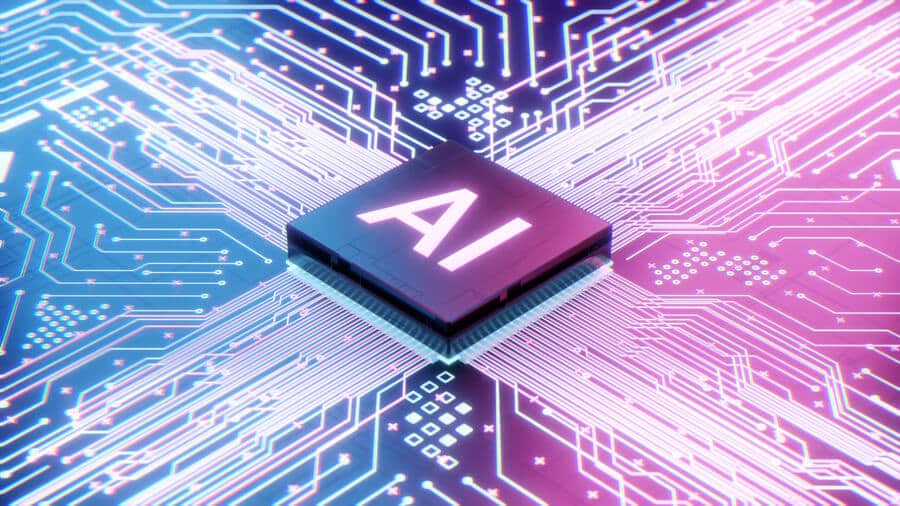
Human judgment remains the key differentiator
AI for future workforce planning excels at processing data and finding patterns, but it struggles with judgment calls that require professional experience, ethical thinking, and understanding context. An effective AI mindset values and builds these uniquely human capabilities as the essential complement to AI’s analytical power.
AI results are only as good as the human thinking that guides and interprets them. Research shows that AI helps employees with strong critical thinking skills much more than those without these abilities. This suggests that developing human judgment alongside AI literacy creates the most powerful combination for business success.
Building a flexible workforce ecosystem that adapts to changing business needs becomes essential when integrating AI capabilities across different roles and departments.
Shopify CEO Tobias Lütke made “AI usage a baseline expectation” for employees, positioning AI as “a thought partner, deep researcher, critic, tutor, or pair programmer.” This approach ensures that human judgment guides AI use rather than being replaced by it, preserving the irreplaceable value of human wisdom and ethical reasoning.
Successful AI workforce development depends on building a workforce AI mindset, not just deploying advanced technology. This strategic shift lets organizations capture AI’s full potential while preparing for future changes. Companies looking to implement comprehensive AI workforce development strategies should consider partnering with expert HR consulting services to ensure their approach addresses both technical and cultural transformation needs. As part of this transformation, identifying HR processes you should automate can free up your team to focus on the strategic mindset development that drives AI success.
Start by examining whether your current training and culture encourage people to experiment with AI, think critically about results, and view AI as a strategic partnership opportunity rather than a job threat.

Solve your HR problems!
6th Floor, Star Building, 33 Mac Dinh Chi, Saigon Ward, Ho Chi Minh city, Vietnam

